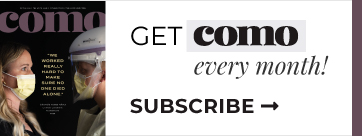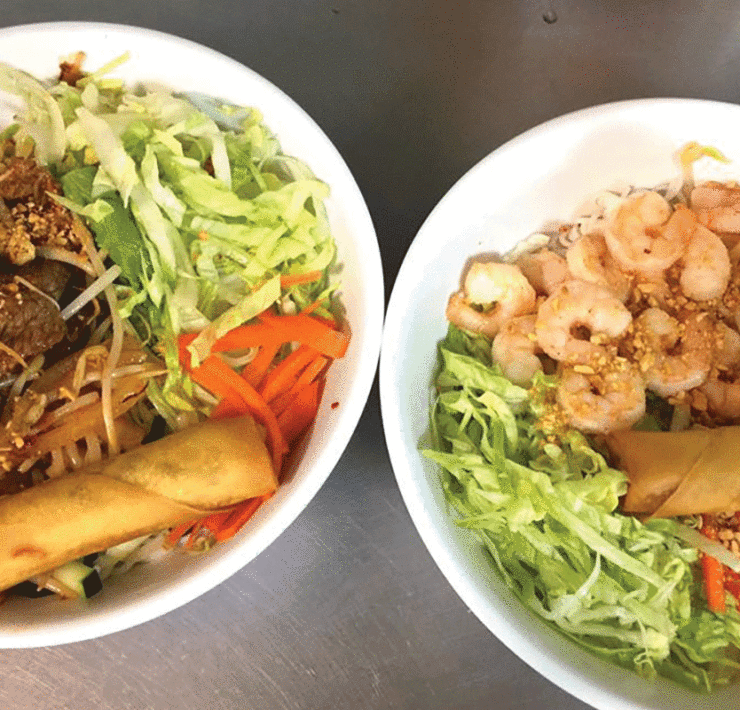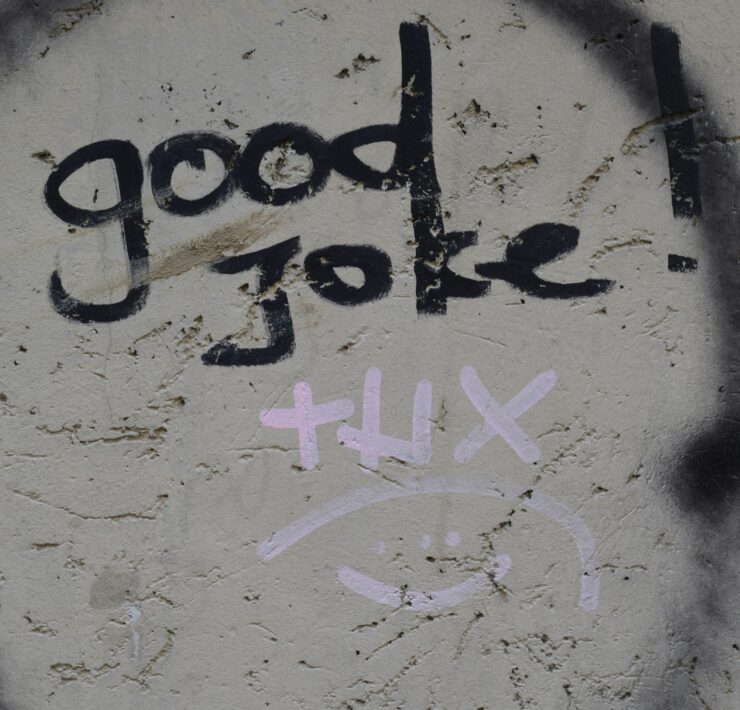Outside the (Traffic) Box
- Photos by Charles Bruce II
- "Outside the Box" originaly appeared in the July 2024 "City" issue of COMO Magazine.

Public art keeps downtown Columbia colorful and vibrant.
Columbia is showing its true colors as a vibrant art community through the growing collection of original works decorating traffic art boxes along the downtown corridor. Many utility boxes have been converted into veritable canvases since 2007 when the city began engagement with local artists to orchestrate the installations during a pilot program.
Sarah Dresser, the city of Columbia’s Office of Cultural Affairs manager, explains that the artwork serves two purposes.
“It started as a way to add more art and culture to our downtown and throughout the city, but it was also intended to abate graffiti and vandalism,” she says.
Artist Cody Finley of Lore Tattoo Studio on Artist Alley agrees that original artwork serves to deter stickering and graffiti more so than plain public surfaces. Finley was inspired by the artful boxes early on when he saw David Spear’s painting on the corner of Broadway and Ninth Street. Little did he know that it would be his artwork gracing that space years on.
When service was required and the city needed to change out that box, Finley’s submission was selected to be added to the artistry of the downtown cityscape.
“It was a bit daunting and a little stressful to replace the box done by such a well-known and established artist,” Finley recalls. “It was a significant undertaking, but it was exciting to put something downtown that was going to be there over the years.” The typical lifespan of the art boxes is tied to the longevity of the equipment it houses coupled with the seasonal wear and tear on the artwork. The average is five to seven years.
Finley says that wildlife illustration interests him and while he could have taken a lot of routes that inspire his tattoo art, for the traffic box he “wanted to do something that had universal appeal.” He chose subject matter he thought “anyone and everyone would like,” tying each of the sides of the box together by depicting the progression of four seasons throughout the local area.
When Finley is downtown, he’ll often listen and overhear conversations of passersby as they comment on the box without their knowing that he is the artist.
“So far, I haven’t heard anything negative about it, so that’s nice,” he says. Getting a chance to be part of the artistry and the beautification of the downtown is good motivation for the many artists who have been involved over the years.
“We’ve really focused the traffic box art within the downtown corridor since The District itself has contributed funds to the program,” Dresser says. In addition to featuring established and up-and-coming local artists, the city is also a partner in education with the Fine Arts Department of Columbia Public Schools and opened submission for traffic box exhibition to local art classes. The results are on display at the corners of Worley Street and Clinkscales Road, Garth Avenue and Broadway, Fifth and Walnut Streets, and Ninth and Locust Streets. The city intends to expand the popular installations with the next box slated to appear on the corner of Bethel Street and Nifong Boulevard.
Dresser, inspired by a model she saw during a Chamber of Commerce city leadership excursion to Madison, Wisconsin, was motivated to broaden the visual impact made by creating attractive traffic boxes. As a result, Columbia’s Office of Cultural Affairs is in the process of reshaping the current traffic box art artist protocols and broadening them into a whole new public art licensing program.
Dresser is enthusiastic about “making the program more equitable and available.”
“Instead of having the artist pay much of the cost upfront, this new model shifts the financial onus to the city,” she says. “Existing artwork can be obtained in a digital file format and produced on vinyl wraps for installation, taking that burden off each individual artist and shifting it to the Public Works Department.”
Increased funding and a public art licensing program will allow Columbia to feature more artists and more art. While the core of the city’s public art focus will remain the traffic art boxes for now, Dresser explains, “The license agreement will be structured to allow the city to use art on other surfaces as those opportunities arise.” Artists will be compensated through the initial license and then be able to make reproductions of their artwork for use on public surfaces and spaces not limited to traffic boxes, she adds.
Though a walking or driving tour of the traffic boxes is a great way to take in the striking creativity of local artists, it is important to note that traffic box art comprises a small portion of the entirety of public art displayed in Columbia. Dresser wants to make sure that locals are aware of resources available to access and appreciate the abundance of artistry visible around the city.
A compilation of Columbia’s public art locations is available on the city’s website — como.gov/cultural-affairs, and can also be enjoyed on the free Otocast App, which is available on iPhone and Android devices.








